Can Cats Eat Tuna? What You Should Know Before Sharing Tuna with Your Feline Friend
- 19 Feb 2025 11:42
Tuna is a popular fish loved by many people, and it’s easy to see why you might want to share this tasty treat with your cat. But before you offer tuna to your feline friend, it's important to understand the potential benefits and risks involved. So, can cats eat tuna? The short answer is yes, but with some important considerations to keep in mind.
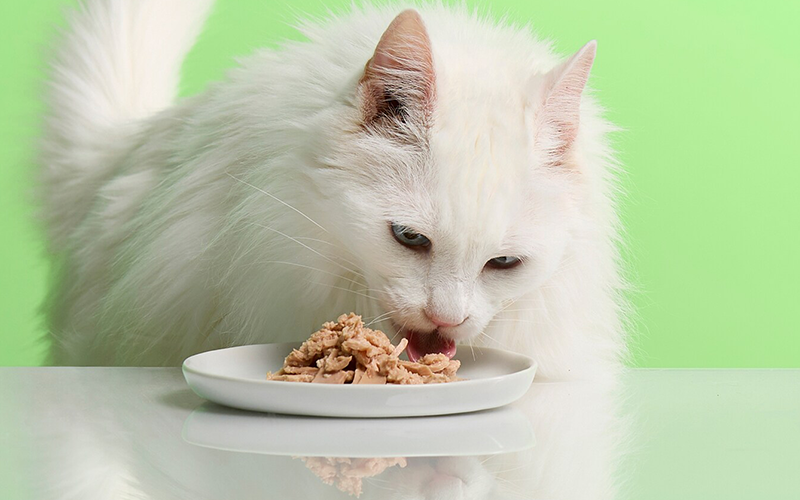
Is Tuna Safe for Cats?
Tuna is safe for cats to eat in moderation, but it should not be a regular part of their diet. While tuna is high in protein and certain nutrients, it does come with some health risks if fed in excess.
Benefits of Tuna for Cats
High-Quality Protein: Tuna is a great source of high-quality protein, which is essential for your cat’s muscle development and overall health. Cats are obligate carnivores, meaning they rely on animal-based proteins like those found in tuna for proper nutrition.
Omega-3 Fatty Acids: Tuna is rich in omega-3 fatty acids, which are beneficial for your cat’s skin, coat health, and joint health. Omega-3s are also known to support a healthy heart and immune system.
Vitamins and Minerals: Tuna provides various vitamins and minerals, including vitamin D, B vitamins, and selenium, all of which play important roles in your cat's health.
Risks of Feeding Tuna to Cats
While tuna can be a tasty and nutritious treat, there are some risks associated with feeding it to your cat:
Mercury Contamination: Tuna, especially larger species like albacore tuna, can contain high levels of mercury, which can be harmful to your cat over time. Excessive mercury intake can lead to mercury poisoning, which can cause symptoms like vomiting, diarrhea, and more severe neurological issues. To minimize the risk, it’s best to limit tuna to occasional treats and avoid feeding your cat tuna on a daily basis.
Nutritional Imbalance: While tuna is high in protein, it lacks certain nutrients that cats need for a balanced diet, such as taurine (an essential amino acid), vitamin E, and other vitamins and minerals. Feeding your cat tuna exclusively or in large amounts can lead to a nutritional imbalance and deficiencies in vital nutrients.
Additives in Canned Tuna: Many canned tuna products contain added salt, oil, or flavorings, which are not healthy for your cat. Salt, in particular, can lead to salt toxicity in cats if consumed in large amounts, causing symptoms like excessive thirst, vomiting, and diarrhea. It’s best to offer your cat plain, water-packed tuna with no added salt or seasoning.
Risk of Obesity: Tuna is calorie-dense, and frequent feeding could contribute to weight gain and obesity in cats if they aren’t getting enough exercise or a balanced diet.
Addiction to Tuna: Cats can develop a taste for tuna and might refuse to eat their regular food in favor of it. While tuna is a great treat, it's important not to make it a regular part of their diet so that they don’t become picky eaters or refuse their balanced meals.
How to Safely Feed Tuna to Your Cat
If you decide to give your cat tuna as a treat, here are some safety tips to ensure it’s a healthy addition to their diet:
Limit Tuna to Occasional Treats: Tuna should be given only as an occasional treat, not as a regular part of your cat’s daily meals. You can offer it once or twice a week in small amounts.
Choose Plain, Water-Packed Tuna: Choose plain, water-packed tuna rather than tuna packed in oil or brine, as those can be harmful to your cat’s health. Make sure there are no added seasonings, salt, or other additives.
Offer in Small Portions: When feeding tuna, serve it in small portions. A small piece of tuna once or twice a week is usually enough for most cats.
Monitor for Reactions: When introducing tuna to your cat’s diet, keep an eye out for any signs of allergies or digestive issues, such as vomiting or diarrhea. If your cat shows any signs of discomfort, stop feeding them tuna and consult with a pet health professional.
Balance with a Complete Diet: Tuna should never replace a nutritionally balanced, high-quality cat food. Ensure that your cat's diet includes all the essential nutrients they need for good health.
Can Kittens Eat Tuna?
Kittens have more sensitive stomachs and nutritional needs, so it’s best to avoid giving them tuna until they are older. For young kittens, it's important to stick to specially formulated kitten food, which provides the right balance of nutrients. If you do want to introduce tuna to an adult cat, it’s best to wait until they’re fully grown.
Signs of Mercury Poisoning in Cats
If your cat has consumed too much tuna over time or has eaten tuna with high mercury content, they may show signs of mercury poisoning. Some symptoms include:
Drooling
Lack of coordination
Tremors
Loss of appetite
Vomiting
Diarrhea
If you suspect mercury poisoning or if your cat is showing any of these signs, contact a pet health professional immediately.
Conclusion
Can cats eat tuna? Yes, tuna is safe for cats in moderation and can provide some nutritional benefits. It’s a tasty treat that can give your cat a boost of protein and omega-3 fatty acids, but it should be given sparingly to avoid the risks associated with mercury poisoning and nutritional imbalance. Always ensure the tuna is plain, water-packed, and free of any harmful additives, and never feed your cat tuna as a regular meal.
If you're ever unsure about your cat’s diet or need help with pet nutrition, consider using PettureX. With 24/7 online consultations, PettureX offers expert advice and support to help you make the best decisions for your cat’s health and well-being.
Related

Frankly Dangerous: Can Cats Eat Hot Dogs? Vet Explains the Serious Risks
- 16 Apr 2025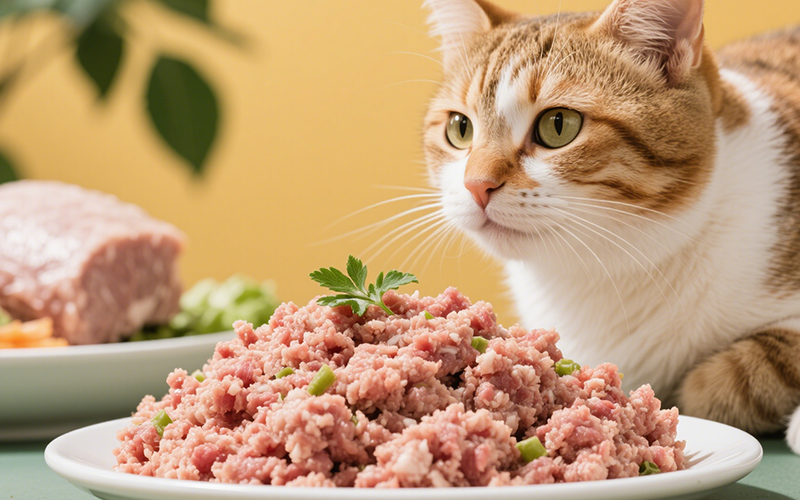
A Purrfect Protein? Can Cats Eat Ground Turkey Safely? (Vet-Reviewed Guide)
- 16 Apr 2025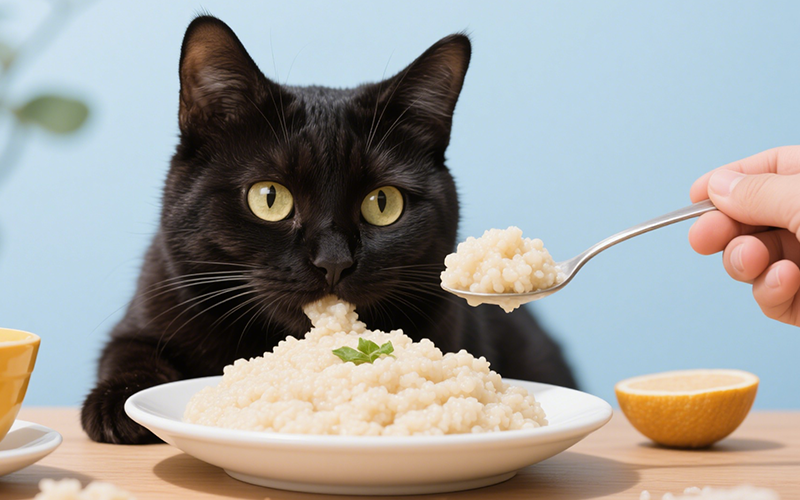
Gritty Situation: Can Cats Eat Grits Safely? Vet Explains the Risks
- 16 Apr 2025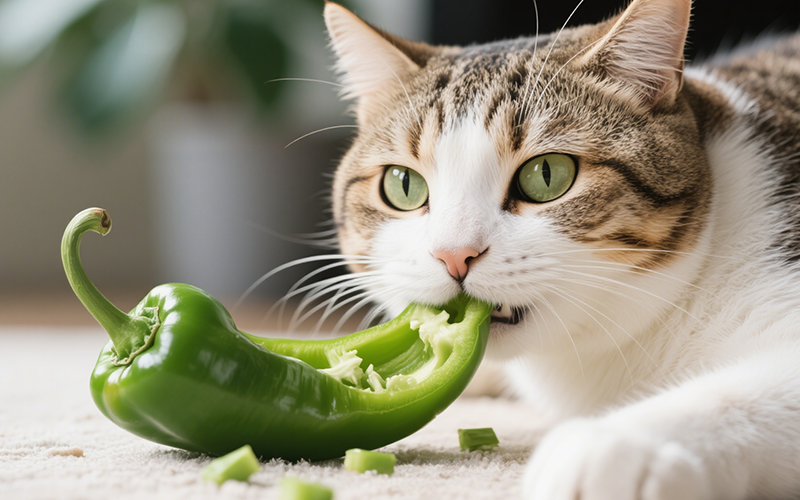
Crunchy Query: Can Cats Eat Green Peppers? A Vet-Reviewed Safety Analysis
- 16 Apr 2025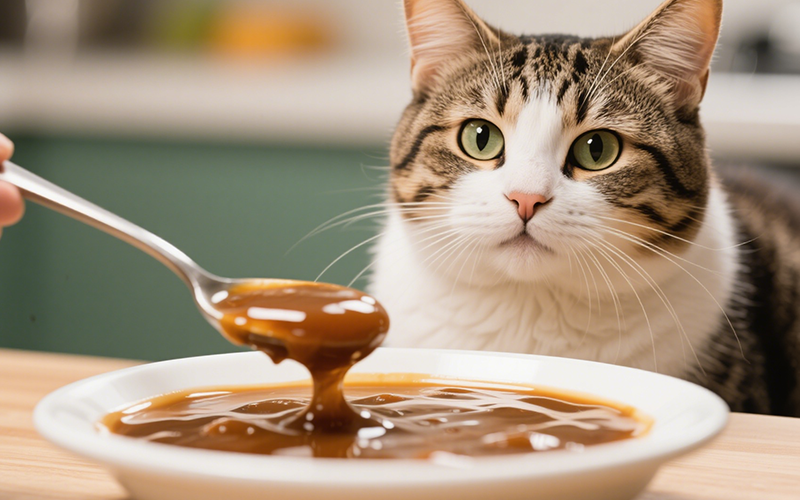
Gravy Danger Zone: Can Cats Eat Gravy Safely? (Vet-Reviewed Warning)
- 16 Apr 2025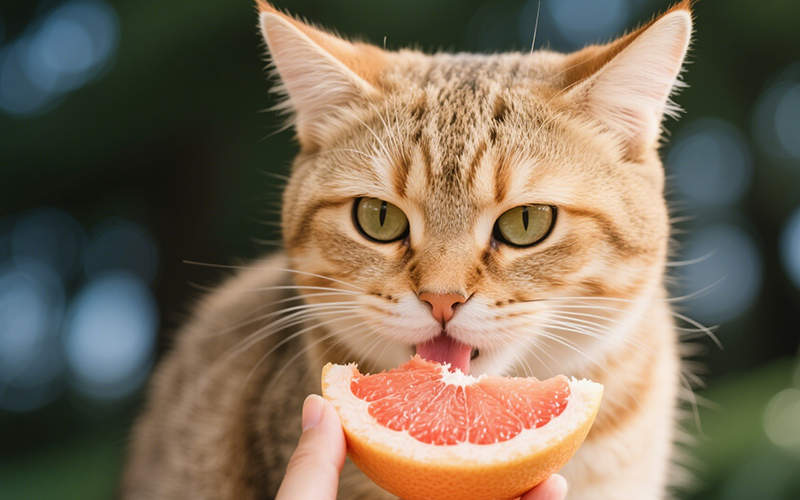
Toxic Temptation: Can Cats Eat Grapefruit? Vet Explains the Dangers
- 16 Apr 2025
Emergency Meal or Major Mistake? Can Cats Eat Dog Food For A Couple Days? (Vet Guide)
- 16 Apr 2025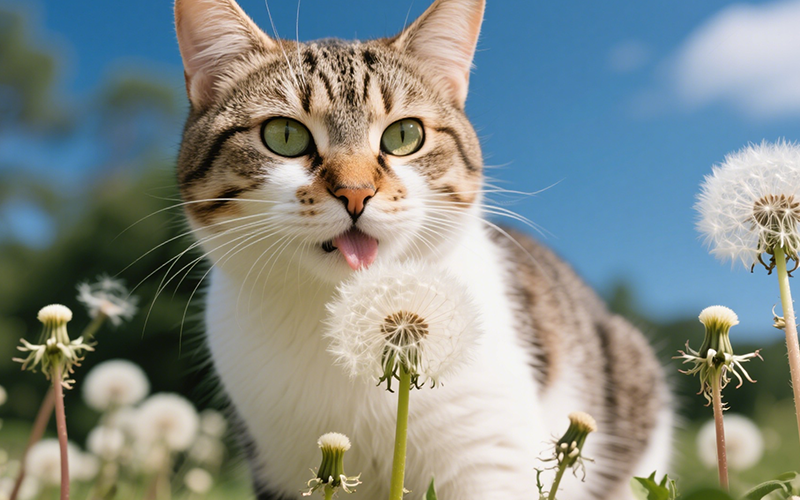
Dandelions & Felines: Can Cats Eat These Common Weeds Safely? Vet Explains
- 16 Apr 2025
Flaky Danger: Can Cats Eat Croissants Safely? Vet Explains the Buttery Risks
- 16 Apr 2025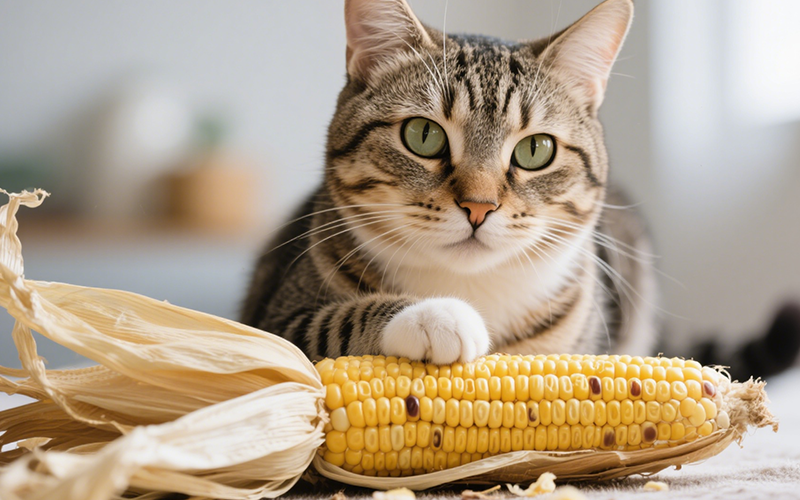
Hazard Alert: Can Cats Eat Corn Husks? Vet Explains Dangers of This Fibrous Material
- 16 Apr 2025
